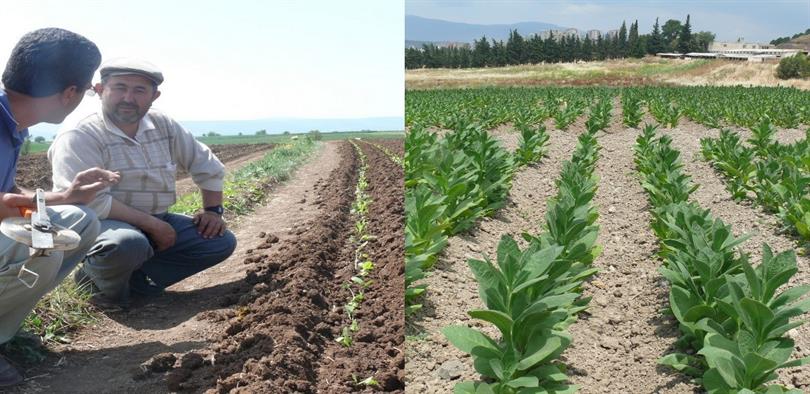History

With the introduction of blue mold (Peronospora tabacina Adam.) disease in our country in 1961; the disease had caused serious economic losses in tobacco, one of our most important export products. In order to find a solution to the problem, "Territorial Tobacco Researches" were started to be carried out jointly by Universities, Tekel Institutes and the Ministry of Agriculture and Forestry.
Tobacco Research and Education Institute was established in Izmir in the mid-1970s. This Institute was closed in 1987 and Tobacco Research was included in the organization of the Aegean Agricultural Research Institute (AARI). Tobacco research is still carried out through the Tobacco Unit within AARI as the Coordinating Organization.
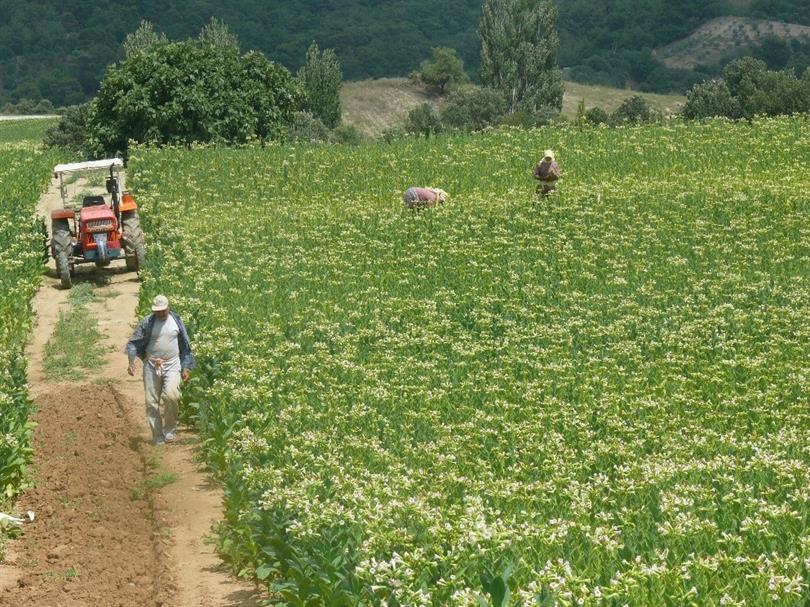
Research Activities and Findings
Tobacco breeding studies at the Institute are carried out by using selection, crossbreeding and backcrossing methods to develop high quality tobacco varieties. It was carried out in four different regions; Aegean, Marmara, Black Sea, Eastern and Southeastern Anatolia, and varieties were developed for these regions. As a result of backcrossing and diallel hybrids, varieties that are superior in terms of quality and yield as well as resistance to blue mold have been brought into production. Breeding studies have been supported by research on the combination of some desired traits through crossbreeding, the inheritance of some morphological traits, and the evaluation of promising lines obtained from different breeding programs.

As a result of the breeding studies carried out, 80 varieties consisting of 22 varieties for the Aegean region, 17 varieties for the Marmara Region, 17 varieties for the Black Sea Region, 21 varieties for the East-Southeastern Anatolian Region and 3 varieties for the abroad origin tobaccos have been developed and made available to growers.
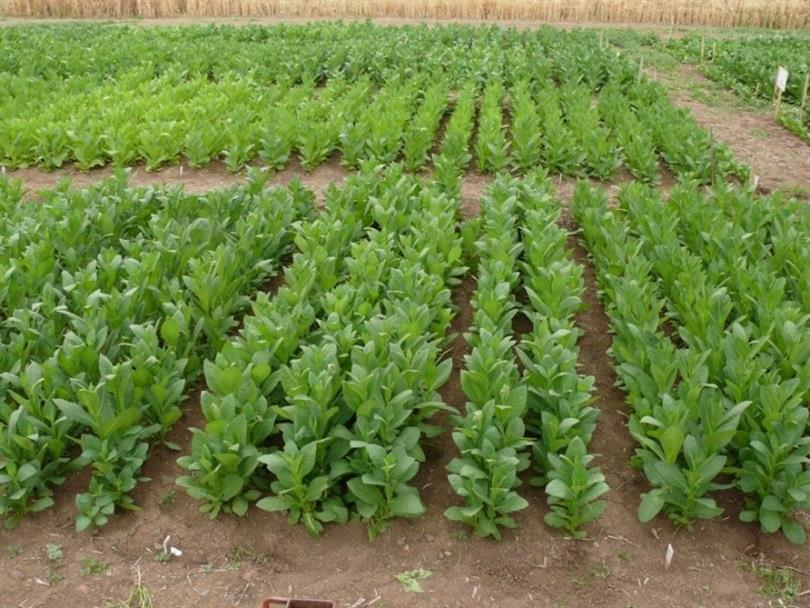
Researches after the project results are included in the manufacturer's conditions; has focused on the development of high quality tobacco varieties with high productivity, resistance to diseases and pests, as well as economic value, which can find buyers in foreign markets.
Cooperation has been made with the private sector in order to deliver the developed varieties to the producers. In this way, Performance Trials of Aegean Tobacco Varieties under Producer Conditions and Adaptation Trials under Farmer Conditions were carried out. As a result of this work, which was started in 2000, the quality of tobacco in rural areas was increased, as well as a 25% increase in yield.
Since 2010, research has begun to focus on the Aegean, Black Sea, East and South East Anatolian region tobaccos and foreign type tobaccos. In this context, research activities have started to be carried out mainly on the basis of Private Sector-Public. Studies were carried out on İzmir, Samsun and Basma tobaccos in the first stage, and as a result of these studies, 15 new tobacco varieties were developed and presented to the use of the sector and the farmer. Since 2020, research studies have focused on tobacco types that are not included in the Turkish National Variety List, are of interest to the industry, and which are in need of exportation by the producers and the country.
In the same period, a database was created by conducting survey, collection, reproduction and characterization studies of Turkish Tobacco Genetic Resources, and approximately 800 tobacco seed samples in the National Gene Bank were updated and transferred to future generations.
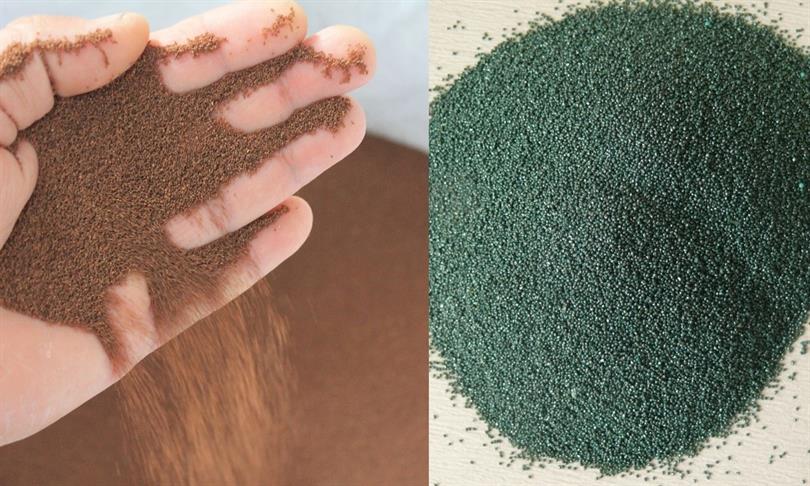
Since 2010, research has begun to focus on the Aegean, Black Sea, East and South East Anatolian region tobaccos and foreign type tobaccos. In this context, research activities have started to be carried out mainly on the basis of Private Sector-Public. Studies were carried out on İzmir, Samsun and Basma tobaccos in the first stage, and as a result of these studies, 15 new tobacco varieties were developed and presented to the use of the sector and the farmer. Since 2020, research studies have focused on tobacco types that are not included in the Turkish National Variety List, are of interest to the industry, and which are in need of exportation by the producers and the country.
In the same period, a database was created by conducting survey, collection, reproduction and characterization studies of Turkish Tobacco Genetic Resources, and approximately 800 tobacco seed samples in the National Gene Bank were updated and transferred to future generations.
Tobacco Cultivation Technique Studies
Studies in the period of 1980 -2000 carried out mainly;
• The relationship of chemical structure and quality characteristics with soil elements in tobacco.
• The effect of planting density on yield and quality in Aegean tobaccos.
• Curing of Aegean region tobacco under plastic cover.
• Preparation of the most suitable mortar in tobacco nurseries.
• Determination of the most suitable amount of seeds to be planted in tobacco nurseries.
• Determining the most appropriate time for sowing seeds in tobacco nurseries.
• The effect of some foliar fertilizers on yield and quality in tobacco.
And as a result of these research; machine planting and greenhouse curing techniques were developed and expanded.
As a result of the development of the machine planting technique, machine planting has become widespread at the level of 98% in the tobacco production areas of the Aegean Region, 20% in the tobacco production areas of the East-Southeast Region, and 80% in the tobacco production areas of the Black Sea Region. Also the cost of farmers in terms of labor and time has decreased significantly, decare income has increased and the production process has accelerated.
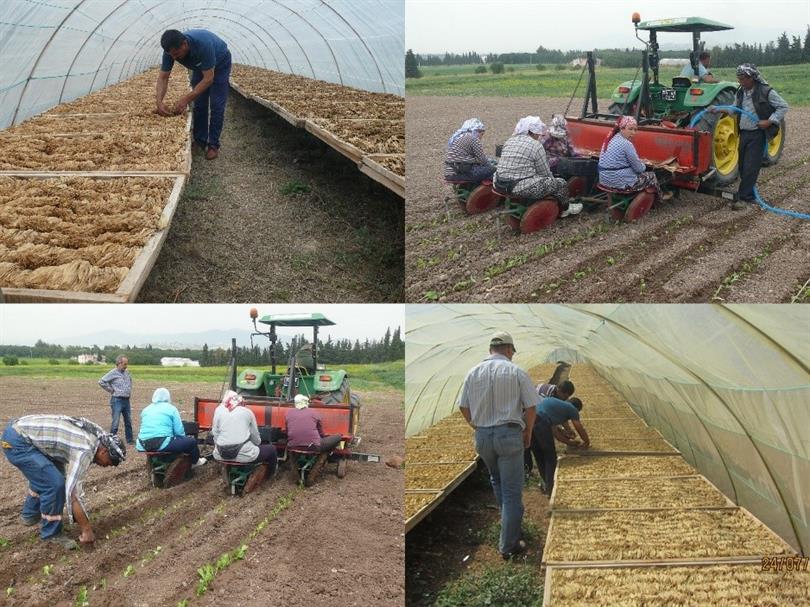 Tobaccos developed by the Aegean Agricultural Research Institute started to be dried with the "plastic covered high tunnel drying" method by reaching higher expertise and chemical quality values in a shorter time and as of the end of 2018, it started to be used in the Aegean Region, reaching a rate of 95%. At the end of 2018, it has started to be used in the Aegean Region, reaching a rate of 95%.
Tobaccos developed by the Aegean Agricultural Research Institute started to be dried with the "plastic covered high tunnel drying" method by reaching higher expertise and chemical quality values in a shorter time and as of the end of 2018, it started to be used in the Aegean Region, reaching a rate of 95%. At the end of 2018, it has started to be used in the Aegean Region, reaching a rate of 95%.
With the researches carried out on this subject; the input costs of the producer were reduced by 30% and the production of quality tobacco increased by approximately 50%.
Education and Extension Studies
Training on various subjects of tobacco agriculture is given to tobacco producers, personnel of the Ministry of Agriculture and Forestry, and technical personnel within the tobacco sector. Publishing works continue with technical books, scientific articles and farmer brochures. The studies are supported by demonstrations under producer conditions and farmer trainings.
Production Activities
The seeds of the tobacco varieties developed by the Institute are produced by the Aegean Tobacco Exporters' Association and the private sector seed organizations, and the seed needs of the farmers are met. As of 2020, the use of certified seeds of tobacco varieties included in the National Variety List has reached the level of 75%.
